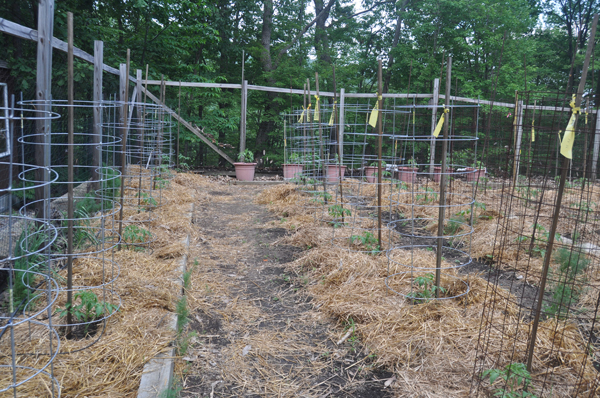
Chapter 11
Mulching Your Tomatoes
Mulching makes gardening easier. A very useful function of mulch is that it reduces the germination of weed seeds, and acts as a barrier against the emergence of weeds. Very little weeding is required in a well mulched garden. In addition, mulch significantly reduces the amount of water required by your garden as it reduces water evaporation. This helps stabilize the water level in the soil, and stable moisture content in the soil is important to the steady growth of tomatoes. Mulch also helps to keep the plants clean by preventing the splashing-up of soil during watering or heavy rainfall.
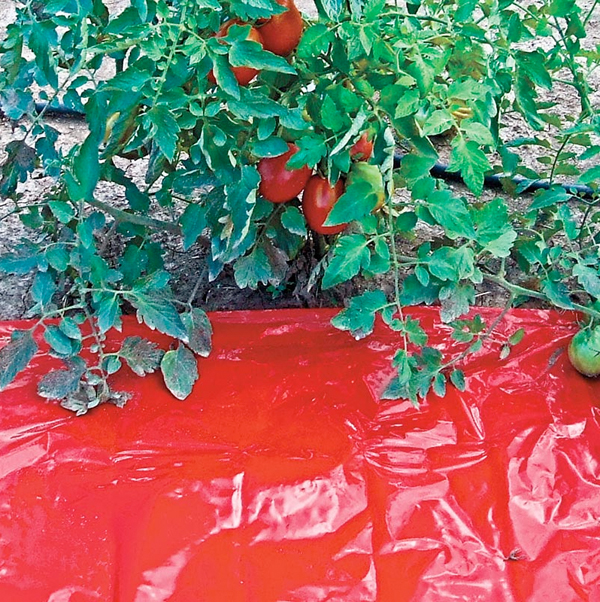
A variety of materials can be used as mulch including black plastic, red plastic, newspaper, pieces of old carpet, leaves, grass clippings, compost, straw, cardboard, or whatever is available in your area. The materials most commonly used by home gardens are hay or straw, grass clippings, partially composted leaves, newspapers, or a layer of black plastic.

Hay or straw: A 6 inch layer of hay or straw provides good weed control. It will break down quickly but will last a season. It will later help improve the soil as it is tilled in at the end of the growing season. You should be able to purchase these materials at your local feed store. Hay is cheaper than straw, but may contain much more weed seed. Do not apply this mulch prior to planting, as it may prevent the soil from warming up. Wait until early June, after the soil has warmed. Some growers wait until they see small blossoms on their tomato plants before mulching.
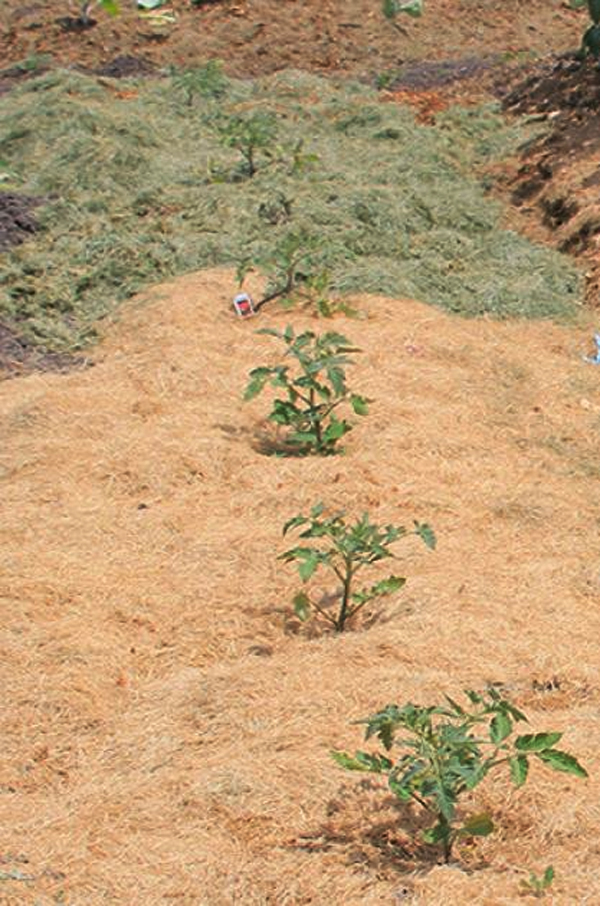
Grass clippings: A 3 inch layer of grass clippings provides good weed control. Let the grass dry first before raking it up and putting it on your garden. Build the layer of grass up slowly over several weeks. Applying a thick layer of green grass is a mistake. It will break down slowly, give off a foul odor, and can build up heat. Use dry grass. Avoid crabgrass and grass clippings that contain seed. After the growing season is over, the partially decomposed grass will be a welcomed addition to the soil.

Partially composted leaves: A 3 inch layer of partially composted leaves will provide good weed control and will hold in the moisture. Leaves may be collected in the fall, stored in a pile, and then brought to the garden to be used as mulch in early June, after the soil has warmed a bit. These too can be tilled into the garden in the fall.
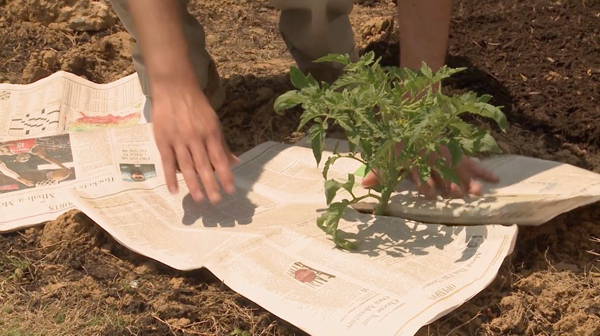
Newspaper: 3 or 4 layers of newspaper provides good weed control. It is readily available and cheap. It will decompose over the season and can later be tilled into the soil in the fall. Use only black and white newspaper, as colored paper may contain lead. Cover the newspaper with one of the organic mulches to hold it down and hide the unsightliness.

Black plastic: One layer of black plastic provides excellent weed control. It will also increase the soil temperature by 7˚ in the spring. However, it may cause high soil temperatures in the summer that could be damaging to your plants. A preventive measure is placing organic mulch on top of the plastic to keep the direct rays of the sun from hitting the plastic. The soil under plastic may get dry from lack of water. Cutting small holes in the plastic allows water to get through to the soil. There is a white plastic available that reflects the rays of the sun and is porous enough to allow water to pass through, but it is expensive and difficult to find.
Grower Comments on Mulching
"All I ever use is finely chopped leaves. I have used red mulch plastic on some plants, just to make comparisons. I also use salt marsh hay. That works very well too." Minnie Z.
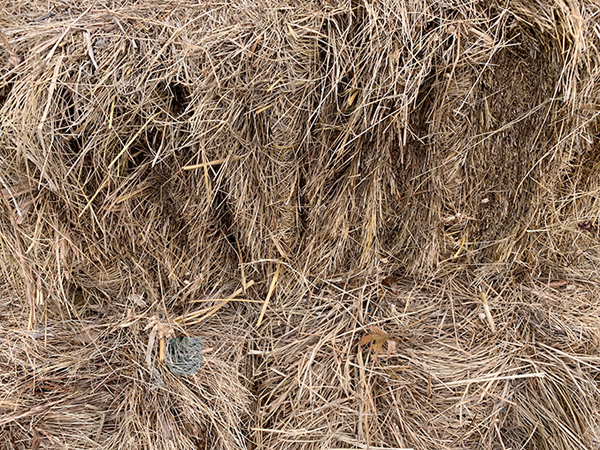
"I use a thick mulch of grass clippings and/or straw, maybe 4 to 6 inches thick, in a radius of about one foot all around the plant. I usually begin mulching around the end of May when it starts warming up. I keep them mulched the rest of the season. It keeps disease down by preventing soil splashing. It keeps the soil moist for roots to take in water and nutrients as the mulch breaks down into humates. I mulch most of the area that I'm growing in. I never have weeds growing around the plants, except for a stray one, here and there, by the vine. I just pull them out." Don C.
"I do not mulch my plants. All of my mulch trials in the past have not proven to be beneficial. I just have to spend a little more time hand weeding to control the weeds." Ron W.